Cardiovascular fitness is an important aspect of overall health and well-being. It refers to the ability of the heart and lungs to deliver oxygen-rich blood to the muscles during physical activity. People who are more aerobically fit tend to have lower risks of developing chronic diseases such as heart disease, diabetes, and obesity (1).
But did you know that cardiovascular fitness may also have a positive impact on chronic pain?
Chronic pain is defined as pain that persists for more than three months and can be caused by a variety of factors, including injury, inflammation, and medical conditions such as arthritis (2). Chronic pain can significantly impact a person’s quality of life, causing fatigue, difficulty sleeping, and difficulty participating in daily activities.
There is evidence to suggest that regular physical activity, including cardiovascular exercise, can help reduce chronic pain. Exercise has been shown to release endorphins, which are chemicals produced by the brain that act as natural painkillers (3). Exercise can also improve circulation, which can help to reduce inflammation and swelling in the body (4).
In addition to the physical benefits of cardiovascular fitness, regular exercise can also have a positive impact on mental health. Chronic pain can lead to feelings of depression and anxiety (5), and exercise has been shown to improve mood and reduce stress (6).
So, if you are struggling with chronic pain, it may be worth considering incorporating cardiovascular exercise into your routine. It’s important to consult with a healthcare professional before starting any new exercise program, but even moderate amounts of physical activity can have a positive impact on chronic pain (7).
In conclusion, cardiovascular fitness is important for overall health and well-being, and it may also have a positive impact on chronic pain. Regular exercise can help to reduce pain, improve mood, and reduce stress. Consult with a healthcare professional before starting any new exercise program, and consider incorporating cardiovascular exercise into your routine to potentially improve your chronic pain.
References:
1. American Heart Association. (2021). What is cardiovascular fitness? Retrieved from
2. Mayo Clinic. (2020). Chronic pain: Definition. Retrieved from
3. Harvard Health Publishing. (2019). The pain-relieving effects of exercise. Retrieved from
4. Arthritis Foundation. (2021). Exercise and arthritis. Retrieved from
5. National Institute of Arthritis and Musculoskeletal and Skin Diseases. (2019). Coping with chronic pain. Retrieved from
6. American Psychological Association. (2017). Exercise can help reduce chronic pain. Retrieved from
7. National Institute of Arthritis and Musculoskeletal and Skin Diseases. (2019). Coping with chronic pain. Retrieved from



